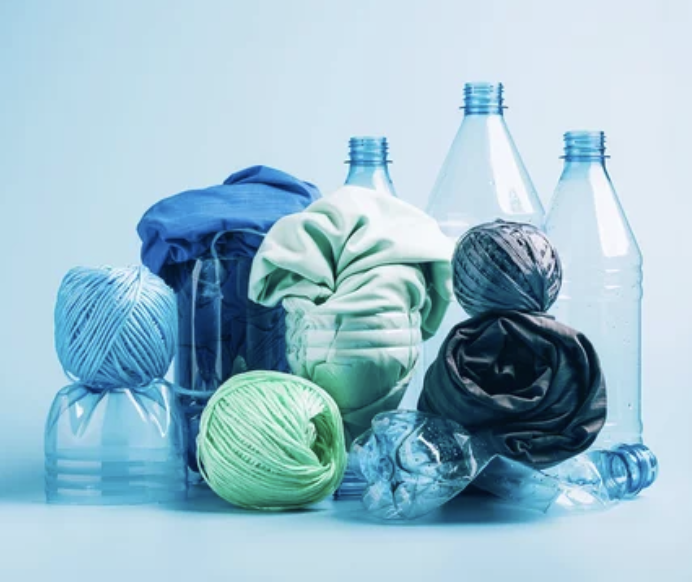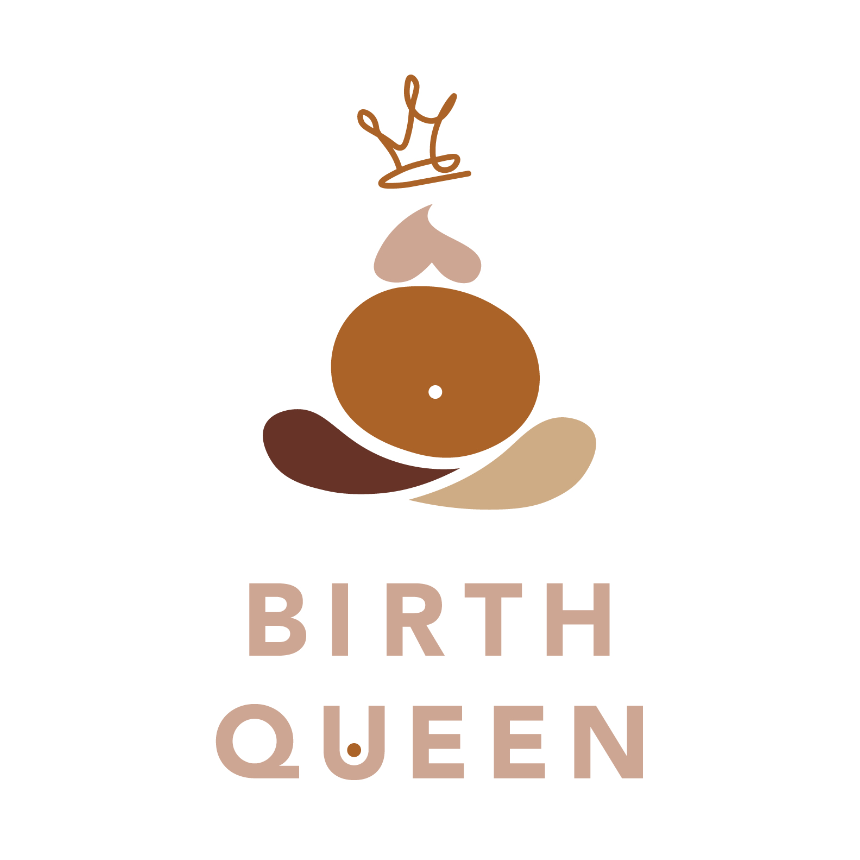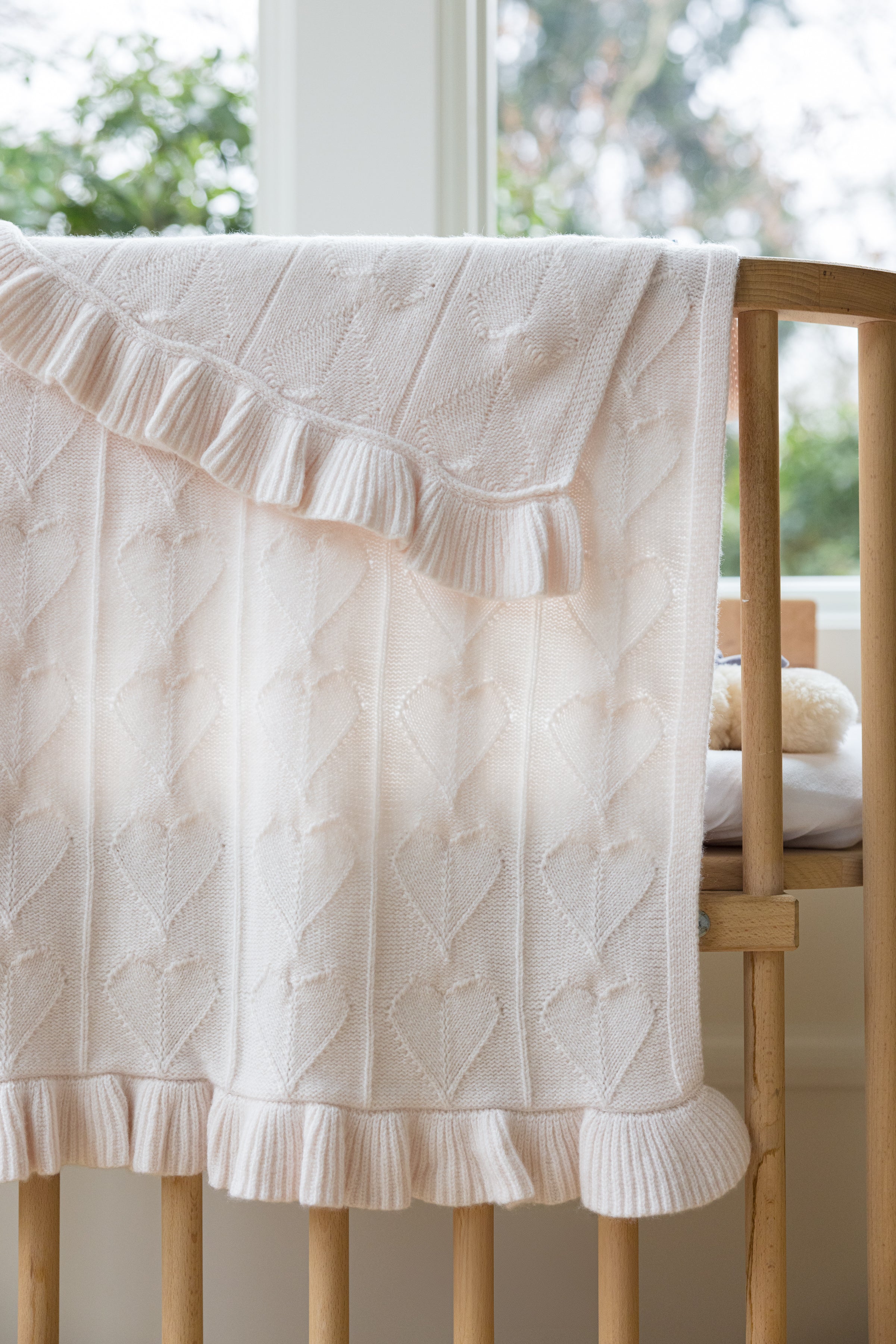The Truth About Polyester


We’re going to do a deep dive into the ubiquitous baby fabric that is polyester. Polyester is a soft fuzzy fabric that is EVERYWHERE when it comes to kid’s stuff - stuffed animals, fleece apparel, loveys, and blankets. The majority of people have NO IDEA what it is or where it comes from. Even I didn’t know much about this super common fabric until a couple years ago…and I’ve been a knitwear expert for over 10 years and have a patent pending on material innovation. You’re not alone!
Natural vs. Synthetic Fibers
Put simply, natural fibers are minimally processed and made by nature. For example: cotton, wool, cashmere and linen. Synthetic fibers are made with chemicals, in a lab by scientists using a lot of processing. You could imagine a sheep herder thousands of years ago seeing a fluffy, soft sheep and thinking, “Hmmm I bet I could turn that into fabric to wear…” Synthetic fibers like polyester, acrylic, nylon and rayon are a lot more complicated and only came into being within the last 150 years thanks to modern science.
What is polyester?
But what IS this ubiquitous children's fabric? The answer will undoubtedly surprise you. Polyester is a synthetic fiber created from a chemical process involving coal and petroleum. It was first developed in the US in 1946 and then became popularized as Polartec "performance fleece" in the 80’s by a Massachusetts based company.
How is it made?
The principal ingredient is ethylene, which is derived from fossil fuels. It mixes with dimethyl terephlatate in the presence of a catalyst. In this process, ethylene is the polymer, the chemical building block of polyester, and the chemical process that produces the finished polyester is called polymerization.
It’s a plastic, also known as PET, and it takes quite a chemical reaction to make it. It’s heated to almost 500 degrees under high pressure, creating a thick soupy goo. This goo gets pushed through a spinerette, something like a spaghetti maker, into long strands that will become the yarn. This meat grinder step is called extrusion and the size and shape of the holes in the spinerette influence the characteristics of the yarn. In order to make a soft blanket material, the plastic yarn is knitted into loops and then cut with a cleaver. Now you know the origin of that stuffed animal material we are all so familiar with!

Why is it in so many baby products?
It’s cheap! It can be modified to be soft and fluffy. When you consider the cost of a natural fiber that’s actually soft - let’s say something like ultrafine merino, cashmere, or alpaca, the comparison is clear. AU Baby’s ultrafine organic merino costs about 44 Euros for a kilo before taxes and import duties. Plastic, on the other hand, is literally pennies for a pound. You get what you pay for.
What about sleep? Is it toxic?
The short answer is yes. Polyester is made from toxic chemicals. It’s been confirmed through research that excessive exposure to polyester does expose the wearer to carcinogens. Additionally, the dyes that are used to provide color are also toxic. There is no such thing as eco-dyeing polyester because synthetic fabrics don’t respond to natural dyes. Our take is that a little polyester in the form of a stuffed animal or toy isn’t a big deal, but using it as a primary blanket is an absolute no go. It’s a thermoplastic and it can react with body heat during sleep, releasing harmful substances.

Is it bad for the environment?
Yes. Polyester is truly terrible for the environment. First, it’s made with petroleum which we know has huge implications for the earth. It’s usually processed in countries with very low regulation, exposing workers and waste water to toxic chemicals. It requires copious amounts of energy to create and if that’s not enough, it can take up to 200 years to biodegrade!
You might have heard about polyester made from recycled plastic bottles. This is definitely a step in the right direction for reducing the amount of single use plastic ending up in landfills, but ultimately it’s a tiny tiny fraction of the polyester used in the market today. In addition, would you really want your baby cuddled up with the equivalent of 20 plastic bottles in their crib? If it’s not safe for adults to drink water out of plastic bottles (we know glass and stainless steel are better alternatives) why would we put it next to a baby’s skin?

Natural is better. Organic and plant dyed are the best.
Natural fibers are safer for babies simply because they are less toxic overall and less irritating to an infant's sensitive skin. Irritation can compromise baby's very thin skin barrier, letting in toxins and bacteria. Merino is super gentle on baby's skin for multiple reasons. First, the fiber is made up of the exact same proteins as our own human skin! It's also soft, breathable, temperature regulating and hypo-allergenic.
Infant skin is not fully mature at birth and the skin barrier remains very thin the first few years of life. Much emphasis lately has been put on skincare products, however, the content and type of fabrics coming into contact with baby's skin is just as important. Now you know more about the right fabrics for baby and to keep the use of polyester to a minimum.





Comments